3D Printed Brain Aids 16-Year-Old’s Vital Surgery
As reports of surgeons using 3D printed models to prepare for surgeries become more of common news stories in our industry, we should take a moment to celebrate what appears to be the emergence of a new standard of care, and an amazing teaching tool.
Dr. Joseph Madsen entered the operating room at Boston Children’s Hospital on New Year’s Eve to perform surgery on 16-year-old Myalynn Ranson. Myalynn had an abnormal mass of tissue on the left side of her brain, which was causing her to have debilitating seizures 1-4 times per day that would periodically stop all together. She tried different medications, but nothing worked. It was Dr. Madsen’s job to remove the mass without incident, and, needless to say, the stakes were high.
 Luckily, Boston Children’s Hospital has created one of the US’s most in-depth plans to integrate 3D printing technology into medical care, in order to avoid high costs, lengthy procedures, and complications from surgery. They’ve already installed one Stratasys 3D printer in the basement of the hospital, apparently running at all hours, and will be adding two more. The hospital will have spent a total of about $1.2 million on their 3D printing program by the end of the year.
Luckily, Boston Children’s Hospital has created one of the US’s most in-depth plans to integrate 3D printing technology into medical care, in order to avoid high costs, lengthy procedures, and complications from surgery. They’ve already installed one Stratasys 3D printer in the basement of the hospital, apparently running at all hours, and will be adding two more. The hospital will have spent a total of about $1.2 million on their 3D printing program by the end of the year.
Using the 3D printed model, Dr. Madsen went into an operating room and practiced the whole operation, making the same cuts into a plastic representation of Myalynn Ranson’s abnormal brain tissue. With the replica, he was also able to explain the procedure very well to the patient’s mother, Celinez Jodoin. She recalled, “He made sure he pinpointed every detail of what he was going to do. I absolutely think it can bring comfort to a family to know the doctor is very serious about this, that he’s tested on a model.”
On the day of the surgery, with the 3D printed model in the operating room with him, Madsen began a 5-hour surgery to remove the abnormal mass from Myalynn’s brain. Hunting for the bad tissue that needed to come out, he ended up removing a few ounces of tissue, confident that this would help improve her condition.
A few days after Myalynn’s surgery, she was back home in West Springfield, a blue scarf on, covering her scar. Her swelling was reduced and she hasn’t had any seizures since the surgery, but it’s still too early to know whether or not the procedure worked. Hopefully it will, as Myalynn dreams of studying to become a marine biologist after leaving home for college in a few years. Her mother Cellinez said, “If this becomes a success for her, it’ll be a brand new day for us.”
Along with their new program, Children’s Hospital is planning on launching a study to examine the benefits of using 3D printers in medicine. So far, surgeons at the hospital have said that the models save time in the OR; neurosurgeries are very expensive, so any time saved reduces cost.
Boston Children’s Hospital has produced more than 170 3D printed models of brains, skulls, spines, blood vessels, and rib cages over the past 18 months from MRI and CT scan data. The hospital currently covers the costs of production for their patients, as insurance companies have not yet deliberated on whether or not these models are “vital” enough to pay for.
As far as I’m concerned, I think they definitely are and am curious as to what it would take for the cost of these models to be covered by health insurance companies. Regardless, I’m glad that these stories are popping up regularly hope I have even more opportunities to cover them.
Source: http://3dprintingindustry.com/

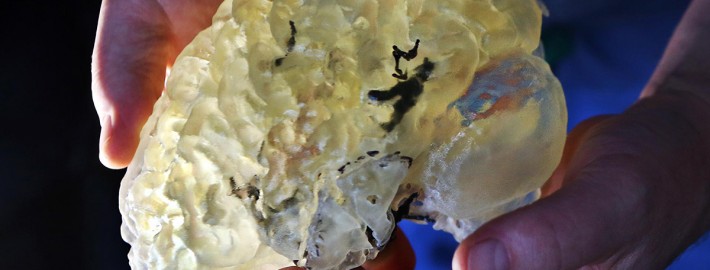

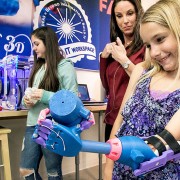
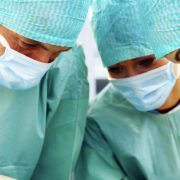
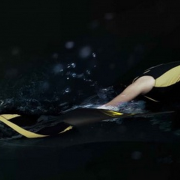
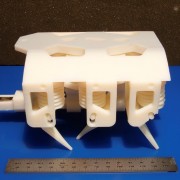
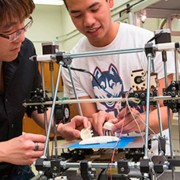
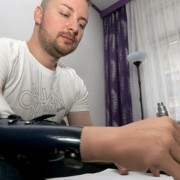
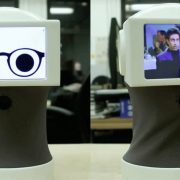
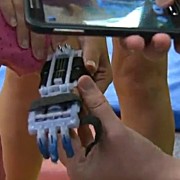



Leave a Reply
Want to join the discussion?Feel free to contribute!